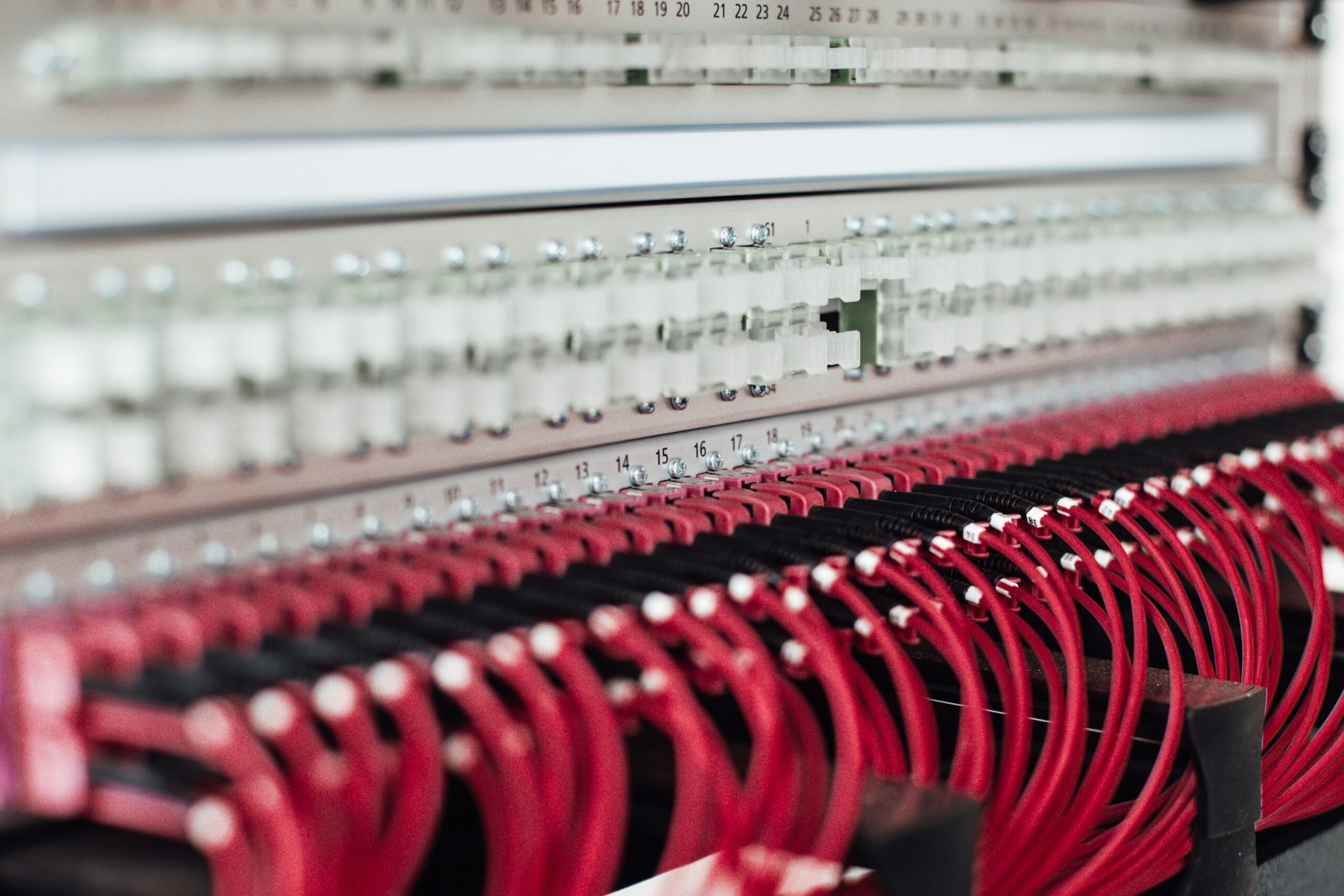Imagine a world where you never have to worry about losing your way, even when your internet connection drops. Thanks to the marvels of modern technology, GPS navigation has become an integral part of our daily lives, allowing us to effortlessly navigate through unfamiliar territory. But have you ever wondered how GPS works without internet? In this article, we will reveal the fascinating inner workings of GPS systems and how they continue to guide us, even when the internet fails us. Get ready to be amazed by the ingenuity behind this essential technology.
Overview
GPS, or Global Positioning System, is a widely used navigation system that relies on a network of satellites to determine the precise location of a device or user. It is a technology that has revolutionized the way we navigate and find our way around, providing accurate and real-time information. But have you ever wondered how GPS works without an internet connection? In this article, we will explore the fascinating world of GPS and uncover the secrets behind its functioning when internet access is not available.

Explanation of GPS
At its core, GPS is a satellite-based navigation system that allows users to determine their precise location and navigate from point A to point B. It consists of a constellation of satellites that orbit the Earth, transmitting signals to GPS receivers on the ground. These receivers then calculate the distance between the satellites and the user’s device, enabling them to pinpoint their location accurately.
Importance of GPS in navigation
GPS has become an integral part of our daily lives, revolutionizing navigation and wayfinding. Whether it is driving to an unfamiliar location, hiking in the wilderness, or even tracking the movement of vehicles, GPS plays a crucial role in providing accurate location data. By utilizing GPS, we can navigate with confidence, save time, and ultimately reach our destinations more efficiently.
How GPS works without internet
One of the most impressive aspects of GPS is its ability to function without an internet connection. While GPS does rely on a network of satellites to provide location information, it does not require internet access to do so. Instead, GPS receivers are equipped with the necessary technology to communicate directly with the satellites, making it possible to determine our location even in the absence of internet connectivity.
Satellites and Signals
GPS satellites
At any given time, there are approximately 30 GPS satellites orbiting the Earth. These satellites are strategically placed in medium Earth orbit, allowing them to cover the entire globe. Each satellite continuously broadcasts signals that contain information about their positions and the time the signal was transmitted.
Signal transmission
GPS satellites transmit two types of signals: the L1 signal, which is used for civilian applications, and the L2 signal, which is reserved for military use. These signals travel through space at the speed of light, reaching GPS receivers on the ground.
Determining position using satellite signals
To determine its position, a GPS receiver needs to receive signals from at least four satellites simultaneously. By measuring the time it takes for the signals to travel from each satellite to the receiver, the GPS receiver can calculate the distance between itself and the satellites. This process, known as trilateration, enables the receiver to pinpoint its precise location in three-dimensional space.
GPS Receiver
Role of GPS receiver
The GPS receiver is a crucial component that allows us to utilize the signals transmitted by GPS satellites. Its primary function is to receive and process the signals, extracting the necessary information to determine the user’s location accurately. Without a GPS receiver, it would be impossible to make use of the satellite signals for navigation purposes.
Receiving satellite signals
When a GPS receiver is turned on, it starts scanning for signals transmitted by GPS satellites. Once the receiver detects the signals, it locks onto them and begins to decode the information contained within. This includes the satellite’s position, time of transmission, and other essential data required for calculating the user’s position.
Calculating position using received signals
Once the GPS receiver has gathered information from at least four satellites, it can begin the process of calculating the user’s position. By comparing the time it took for each signal to reach the receiver, the receiver can calculate the distance between itself and each satellite. This information, combined with the known positions of the satellites, allows the receiver to calculate the user’s precise location through transliteration.
Offline Maps
Downloading offline maps
To navigate using GPS without an internet connection, one can download offline maps onto their device. Various mapping applications and GPS navigation systems offer the option to download maps for offline use. These maps contain all the necessary information, such as roads, points of interest, and landmarks, allowing users to navigate even when they are outside of cellular network coverage.

Storing maps on device
Once downloaded, the offline maps are stored directly on the user’s device, ensuring they are accessible at all times, even when there is no internet connectivity. This enables users to access their maps and navigate without relying on an internet connection.
Using offline maps for navigation
When using GPS with offline maps, the GPS receiver on the device receives signals from the satellites as usual. However, instead of using the internet to fetch map data, the device utilizes the pre-downloaded offline maps. These maps, combined with the GPS signals, enable users to navigate accurately and confidently, regardless of whether they have internet access or not.
Triangulation and Transliteration
Triangulation concept
Triangulation is a fundamental principle behind GPS navigation. It involves using the angles between at least three known points, in this case, GPS satellites, to determine the unknown location of the receiver. By measuring the angles between the receiver and the satellites, the GPS receiver can calculate its position accurately.
Calculating position using triangulation
To calculate its position using triangulation, the GPS receiver measures the angles between itself and three or more satellites. Using this information and the known positions of the satellites, the receiver can determine its location by solving a set of mathematical equations.
Transliteration concept
Transliteration is another technique used in GPS navigation, especially when altitude information is required. Transliteration involves measuring the distances between the receiver and multiple satellites, instead of measuring angles as in triangulation. By having accurate distance measurements, the GPS receiver can determine its position by intersecting spheres or circles, corresponding to the range of each satellite.

Calculating position using transliteration
To calculate its position using transliteration, the GPS receiver measures the distance between itself and at least four satellites. These distances are determined by measuring the time it takes for the signals to travel from the satellites to the receiver. By intersecting the spheres or circles representing the range of each satellite, the GPS receiver can determine its precise location in three-dimensional space.
Assisted GPS (A-GPS)
Enhancing GPS performance
Assisted GPS, or A-GPS, is a technology that improves the performance and speed of GPS receivers. It does so by utilizing additional data and resources, such as cellular networks, to assist the GPS receiver in acquiring satellite signals and determining its position.
Downloading satellite data
One way A-GPS enhances GPS performance is by downloading satellite data from the internet. This data includes information about the locations and orbits of the GPS satellites. By having this data readily available, the GPS receiver can quickly acquire satellite signals, reducing the time it takes to obtain a position fix.
Using network assistance for faster GPS initialization
Another way A-GPS improves GPS performance is by utilizing network assistance. By communicating with cellular networks, the GPS receiver can obtain information about the approximate location of the user. This helps the receiver narrow down the search area for satellite signals, reducing the time it takes to acquire a position fix.
Dead Reckoning
Using sensors for position estimation
Dead reckoning is a technique that combines GPS signals with data from inertial sensors, such as accelerometers, gyroscopes, and magnetometers, to estimate a user’s position when GPS signals are weak or unavailable. These sensors measure changes in the user’s velocity, orientation, and magnetic field, allowing the device to estimate the user’s position based on their last known location and the sensor data.
Combining sensor data with GPS signals
When GPS signals are weak or unavailable, the GPS receiver can use data from the inertial sensors to estimate the user’s position. By integrating the sensor data with the user’s last known GPS position, the receiver can calculate the user’s current position based on their movement and changes in velocity and orientation.
Calculating position when GPS signals are weak or unavailable
Dead reckoning becomes particularly useful in environments where GPS signals are obstructed, such as tunnels or urban canyons. By utilizing sensor data, the GPS receiver can continue providing location information, even in the absence of reliable GPS signals. However, it is important to note that dead reckoning is not as accurate as GPS and may accumulate errors over time.
GPS Alternatives
Using GLONASS
GLONASS, which stands for Global Navigation Satellite System, is Russia’s counterpart to GPS. Similar to GPS, GLONASS utilizes a constellation of satellites to provide location information. By combining GPS and GLONASS signals, devices can achieve higher accuracy and reliability in navigation, especially in areas where one system may have limited visibility.
Utilizing Galileo
Galileo is a European satellite navigation system that aims to provide global coverage and high-precision positioning. It operates similarly to GPS and GLONASS, using a network of satellites to transmit signals to receivers on the ground. By including Galileo signals in navigation devices, users can benefit from improved accuracy and availability, especially in challenging environments.
Other navigation systems without internet
Apart from GPS, GLONASS, and Galileo, there are several other satellite navigation systems around the world. These include BeiDou in China, IRNSS in India, and QZSS in Japan. Each of these systems serves its respective region, providing reliable navigation capabilities to users without the need for an internet connection.
Challenges and Limitations
Signal blockage and interference
One of the main challenges faced by GPS navigation is signal blockage and interference. Tall buildings, dense vegetation, and even adverse weather conditions can obstruct GPS signals, affecting the accuracy and reliability of the navigation system. Additionally, electromagnetic interference from other devices or structures can also impair the quality of the GPS signal.
Errors in position calculation
While GPS is highly accurate, it is not without its limitations. Errors can be introduced during the position calculation process, resulting in slight inaccuracies in the user’s reported location. These errors can arise from various factors, such as signal delays, atmospheric conditions, or imprecise satellite orbits. However, advancements in technology and the use of multiple satellite systems have significantly improved the overall accuracy of GPS.
Reliance on accurate satellite data
For GPS to work effectively, it relies on accurate satellite data, including precise satellite positions and timing information. Any inaccuracies or errors in this data can impact the accuracy and reliability of GPS navigation. Therefore, maintaining an up-to-date satellite database and ensuring the transmission of accurate satellite data are critical for the proper functioning of GPS without an internet connection.
Conclusion
GPS has completely transformed the way we navigate and find our way around. Its ability to work without an internet connection has made it an indispensable tool for countless applications and industries. Whether it is navigating through unfamiliar territory, exploring the great outdoors, or tracking the movement of vehicles, GPS provides us with accurate and reliable location information. With advancements in technology and the integration of multiple satellite systems, the future of GPS holds even greater potential for improved accuracy, availability, and functionality without the need for an internet connection. So, the next time you find yourself on a journey, take comfort in knowing that GPS has got your back, even when the internet is out of reach.





